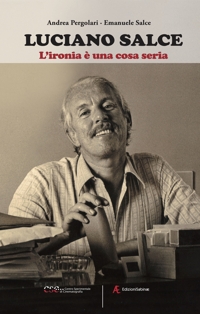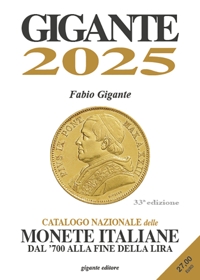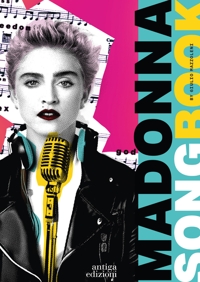Felice Palma. Massa 1583-1625. Collezione / Collection.
Texts by Andrei Cristina, Ciarlo Nicola, Federici Fabrizio, Claudio Casini and Sara Ragni.
Italian and English Text.
Pontedera, 2024; bound in a case, pp. 289, b/w and col. ill., b/w and col. plates, cm 24,5x34.
(L'Oro Bianco. Straordinari Dimenticati. The White Gold Forgotten Masters).
cover price: € 160.00
|
Books included in the offer:
Felice Palma. Massa 1583-1625. Collezione / Collection.
Texts by Andrei Cristina, Ciarlo Nicola, Federici Fabrizio, Claudio Casini and Sara Ragni.
Italian and English Text.
Pontedera, 2024; bound in a case, pp. 289, b/w and col. ill., b/w and col. plates, cm 24,5x34.
(L'Oro Bianco. Straordinari Dimenticati. The White Gold Forgotten Masters).
FREE (cover price: € 160.00)
Le botteghe del marmo
Italian and English Text.
Ospedaletto, 1992; bound, pp. 153, 10 b/w ill., 60 col. ill., cm 24x29.
(Immagine).
FREE (cover price: € 34.49)
Museo Stefano Bardini. I Bronzetti e gli Oggetti d'Uso in Bronzo
Edited by Nesi A.
Firenze, 2009; paperback, pp. 191, 102 b/w ill., 7 col. ill., cm 17x24,5.
(Museo Stefano Bardini).
FREE (cover price: € 30.00)
Bronzetti e Rilievi dal XV al XVIII Secolo
Bologna, 2015; 2 vols., bound in a case, pp. 729, ill., col. plates, cm 21,5x30,5.
FREE (cover price: € 90.00)
Non solo Erté. Not Only Erté. Costume Design for the Paris Music Hall 1918-1940
Luerti Angelo
Tamoni Editore
Saggio introduttivo di Vittoria Crespi Morbio.
Italian and English Text.
Schio, 2006; bound in a case, pp. 288, col. ill., col. plates, cm 24,5x34.
Subject: Design,Graphic Arts (Prints, Drawings, Engravings, Miniatures),Music,Painting,Textiles (Tapestries, Carpets, Embroyderies)
Period: 1800-1960 (XIX-XX) Modern Period
Places: Europe
Extra: French Art and Culture,Scenography
Languages: 

Weight: 2.45 kg
It must be said that none of them lived as long a life as Erté, who died in 1990 at the age of 98: when the great moment arrived, his archive, rich with original drawings and documents, was the only one available to theatre critics and historians.
Almost all trace was lost of the other great artists, chosen from the cream of European designers, since almost all of them had disappeared before the end of the Second World War; in some cases, only their acronyms were known, in others even their nationalities were unknown, and there was little information on the theatres and reviews in which they had worked.
Even the efforts of the "volunteers" hired by Charles Spencer, a noted authority on the subject, and others were of little value in learning more about these imaginative stage and costume designers. People continued to claim, incorrectly, that Endré was French; that Passano was Italian (true, but it is the name of the Genoese Marquisate of Endré); that Seltenhammer was a renowned unknown;
that Curti was French, Fischer and Hubert German, and to confuse Paul with René Ranson, even though they were not even contemporaries, and so on.
Even though there is a lack of adequate relevant documentation, numerous works by these artists stand side by side with Erté in major museums (the Metropolitan, the Victoria & Albert, the Arsenal), universities around the world, and in the collections of many enthusiasts.
New, thorough research, carried out over a period of more than six years, has brought to light a vast array of new material on the artistic development and contributions of many of these artists, until now either totally or practically unknown. To illustrate this, there is a rich collection of works (over 400 colour reproductions), permitting historians and critics a wider evaluation of Theatre Art, and Art Déco in general, from the early 20th century, the period from which the majority of the drawings come.
This volume also contains a wide-ranging overview of the story of Music Hall from its origins to its decline, of the major theatres and reviews between the wars, and of its major players.
Fabio Gigante € 25.65
€ 27.00 -5 %
Mauro Mancini € 30.40
€ 32.00 -5 %
















